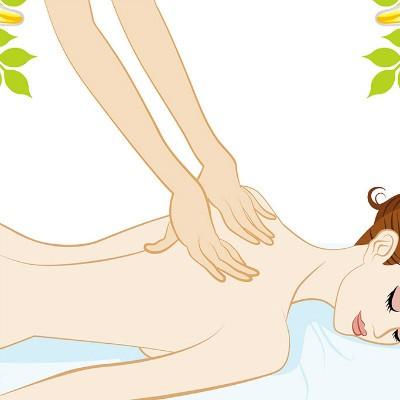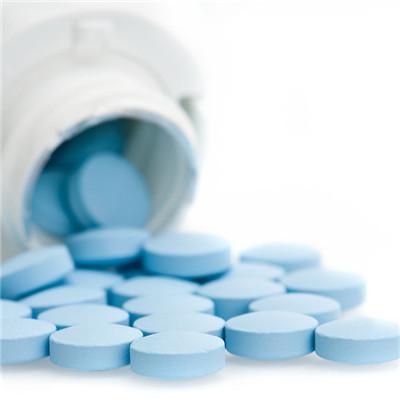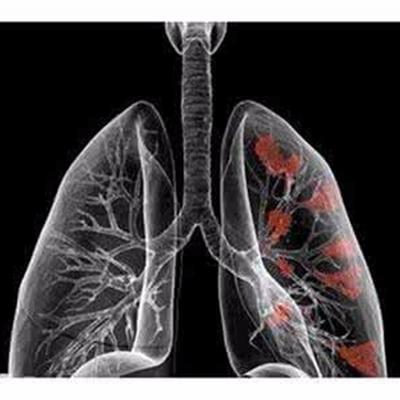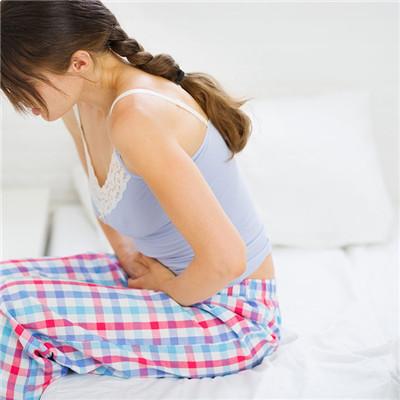What are respiratory diseases?
summary
The air quality of many first tier cities in China is relatively poor, so there are more people with respiratory diseases. Especially in Beijing, a first tier city with haze, respiratory disease is a common and frequently occurring disease, which needs active treatment. The main lesions were trachea, bronchus, lung and thoracic cavity. The mild lesions were cough, chest pain and respiratory failure, while the severe ones were dyspnea, hypoxia and even respiratory failure. As a more complex disease, what are the respiratory diseases? How can it be?
What are respiratory diseases?
First: acute upper respiratory tract infection is the most common respiratory infectious disease among medical students, which is mostly caused by virus. According to the epidemiological characteristics and clinical manifestations, it can be divided into common cold, pharyngitis and bronchitis. Clinical manifestations: different etiology, clinical manifestations are also different, under normal circumstances, the onset is more urgent, dry throat, at the same time out of the management of runny nose, 2-3 days later, some patients feel sore body can be accompanied by sore throat, generally within a week basic recovery. Prevention: patients had better not go to places with too many people to avoid infecting others.
Second: acute tracheitis, bronchitis acute tracheitis, bronchitis by infection, physical and chemical stimulation or allergy caused by acute inflammation of the trachea and bronchial mucosa. Clinical manifestations: generally, there are nasal congestion, runny nose, sore throat, headache, chills, fever and other symptoms of acute upper respiratory tract infection. There was cough, irritative dry cough at the beginning, with pain under the sternum, and sticky phlegm 1-2 days later. Occasionally there is blood. Treatment: symptomatic, rest, keep warm, drink more water. Prevention: prevention of cold, elimination of air pollution and smoke, active exercise, physical fitness, no smoking.
Third: pneumococcal pneumonia pneumococcal pneumonia is caused by bacterial infection of the lung parenchyma of acute inflammation. Clinical manifestations: chills, fever, temperature quickly rose to 39 to 40 ℃. Most of them have headache, chest pain, general pain, cough, sticky phlegm, blood or rust color, dyspnea and cyanosis. Treatment: antibacterial treatment. Penicillin 800000 units intramuscular injection, every 4 hours, or intravenous drip. Penicillin allergy can be converted to other antibiotics; Support therapy, bed rest, easy to digest or semi liquid diet, pay attention to adequate protein, calorie and vitamin intake, symptomatic treatment.
matters needing attention
It can promote the formation of columnar epithelial cells in nasal mucosa, accelerate the ciliary movement of ciliated epithelial cells in bronchus, promote the regression of edema, improve the ventilation function of alveoli, and increase blood oxygen saturation. The results showed that 30 minutes after inhaling the negative ions with therapeutic concentration, the lung's oxygen absorption increased by 20% and carbon dioxide excretion increased by 14.5%, which could relieve the spasm of bronchial smooth muscle and promote the recovery of lung function and alveolar secretion function in patients with asthma.












